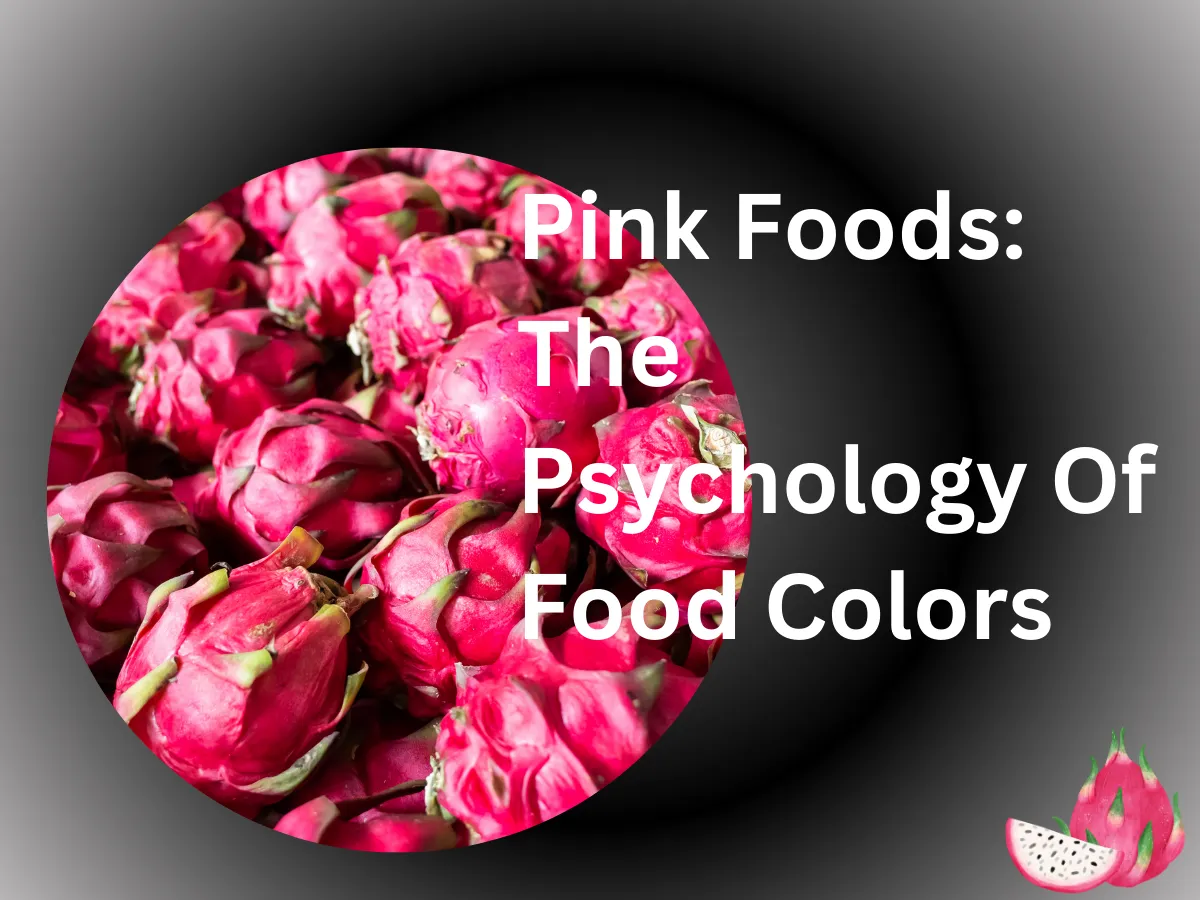Did you know that the color of your food can actually affect your appetite and eating habits? It’s true! The psychology of food colors is a fascinating field of study that explores how different colors can influence our perception of taste and even our cravings. In this series, we’ll be diving into the world of pink foods and examining how this vibrant hue can impact our dining experiences.
Pink foods have a unique ability to evoke feelings of sweetness and indulgence. From cotton candy to strawberry milkshakes, there’s something about the color pink that makes us think of sugary treats and decadent desserts. But what is it about this hue that has such a powerful effect on our perception of taste?
In this article, we’ll explore the psychology behind pink foods and uncover the science behind why they are so irresistible.
Whether you’re a foodie looking to experiment with new flavors or simply curious about the fascinating world of color psychology, this series is for you. Join us as we delve into the captivating realm of pink foods and discover the surprising ways in which color can shape our culinary experiences.
The significance of pink in culinary arts – Pink foods and its cultural meanings
Visual Appeal: Pink is an eye-catching and visually pleasing color. In culinary presentations, it adds a pop of color to dishes, making them more attractive and appealing. Chefs often use pink ingredients or garnishes to make a plate look more vibrant and appetizing.
Freshness and Ripeness: In fruits and vegetables, pink is often associated with ripeness and freshness. For example, a pink watermelon or a ripe strawberry is more likely to be sweet and flavorful. This color cue helps consumers choose produce that’s at its peak.
Flavor Identification: In some cases, the color pink is associated with specific flavors. For instance, many people associate pink with the taste of strawberries, raspberries, or cherry-flavored foods and beverages. This color-flavor association can influence expectations and taste perceptions.
Desserts and Sweets: Pink is a popular color for desserts and sweets, especially in the case of candies, cupcakes, and pastries. Pink frosting, for example, is a common choice for decorating cakes and cookies, adding both color and sweetness.
Balance of Flavors: In culinary arts, achieving a balance of flavors is essential. Pink ingredients like grapefruit or pomegranate can provide a slightly tart or tangy contrast to sweeter elements in a dish, helping to create a harmonious flavor profile.
Cultural Significance: In some cultures, pink foods are traditionally associated with special occasions or celebrations. For example, pink cakes and treats are often served at baby showers or as part of Valentine’s Day celebrations.
Natural Pigments: Pink color in foods can come from natural pigments, such as lycopene in pink grapefruit or watermelon, anthocyanins in pink berries, or beetroot pigments. These natural pigments are not only visually appealing but also contribute to the nutritional value of the foods.
Artistic Expression: Chefs and food artists use the color pink as a creative tool for artistic expression. They can create intricate and visually stunning dishes by incorporating pink elements, such as edible flowers, pink sauces, or pink-hued cocktails.
Health and Nutrition: In the context of health and nutrition, pink foods can be associated with antioxidants and phytonutrients. For instance, pink-colored fruits and vegetables often contain compounds that are beneficial for heart health and overall well-being.
Gendered Foods: Pink is sometimes used to signify gender-specific foods. For example, pink might be associated with foods marketed primarily to children or to a specific gender, although these associations are evolving in modern culinary culture.
In summary, pink plays a multifaceted role in culinary arts, influencing both the visual appeal and flavor perceptions of dishes. It is used creatively by chefs and food artists to enhance the dining experience, and it carries cultural and symbolic significance in various culinary traditions.
Healthy pink foods can be both visually appealing and nutritious. The color pink in food often comes from natural sources like fruits, vegetables, and certain seafood.
Here are some healthy pink food options:
Next Post: Pink Food Recipes & Healthy Pink Food
Source & Credits:
Color of Food: Hidden Secrets to Health?



